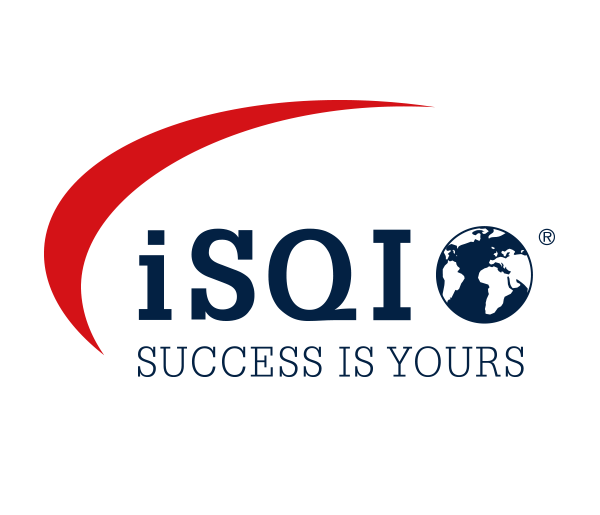Introduction
Requirements engineering demands a comprehensive set of requirements that are crucial to any software development project. In some cases, it might seem rather unsettling when thinking about the unknowns and possible undefined parameters of such a project. However, the most important aspect to remember is that your team identifies all of the stakeholders' needs.
In this blog, we explore the most important aspects of requirements engineering and the latest trends in Requirements Engineering.
What is Requirements Engineering?
Requirements engineering is a process of eliciting, analyzing, documenting, validating, and managing the requirements of a system or software product. It involves the identification of the needs and expectations of stakeholders, such as users, customers, and developers, and the translation of those needs into a set of requirements that can be used as a basis for design, development, and testing.
Making sure the correct requirements produce the benefits agreed upon by all stakeholders is critical to the success of the software development life cycle.
The Benefits of Requirements Engineering
The importance of requirement engineering lies in its ability to ensure that the system or software product meets the needs of its stakeholders and is of high quality. By eliciting and documenting requirements, it helps to establish a shared understanding of what the system or software product should do, and provides a basis for communication between stakeholders, developers, and testers. This, in turn, can help to minimize misunderstandings, reduce the risk of errors and defects, and improve the likelihood of success of the system or software product.
iSQI suggests: IREB® REQUIREMENTS ENGINEERING – FOUNDATION LEVEL (CPRE-FL)
It is the project team’s responsibility to extract and procure these needs and requirements and to reduce and reconcile conflicts, inconsistencies, and other disputes. This leads to a straight-forward and more articulate set of requirements, removing the chances of discovery at a later stage in the development process.
Using requirement engineering improves the various software process teams approach and enables management to meet the constraints of budget, time and available resources.
Another important aspect is to discover what should be developed. Questions such as:
● What does the customer want?
● What does the user require in order to use the system?
● What will the software's impact on the users be?
Effective requirement engineering also supports other important activities in the software development process, such as project planning, risk management, and quality assurance. It can help to identify potential issues and trade-offs early in the development cycle, and facilitate the prioritization of requirements to ensure that the most important ones are addressed first. Additionally, it can help to establish a basis for testing and verification, ensuring that the system or software product meets its intended purpose and satisfies the needs of its stakeholders.
.jpg?width=600&height=300&name=Requirements%20Engineering%20Blog%20banner%20(1).jpg)
The Latest Trends in Requirement Engineering
As software development methodologies evolve, so do the trends in requirements engineering. Here we explore some of the latest trends in requirements engineering.
Agile Requirements Engineering: Agile development methodologies like Scrum, Kanban, and Extreme Programming have acquired popularity in recent years, and requirements engineering is no exception. Agile requirements engineering emphasizes collaboration, communication, and flexibility in requirements gathering, analysis, and management.
iSQI suggests: IREB® - RE@Agile Primer certification
Model-Driven Requirements Engineering: Model-driven requirements engineering involves creating models that chronicle requirements in a structured and standardized way. These models can be used to validate, analyze, and manage requirements throughout the software development life cycle.
iSQI suggests: IREB® CPRE ADVANCED LEVEL REQUIREMENTS MODELING PRACTITIONER
Requirements as Code: Requirements as code is an emerging trend that requires using programming languages to define and manage requirements. This approach emphasizes automation, traceability, and consistency in requirements engineering.
Natural Language Processing: Natural language processing (NLP) is being progressively used to analyze and withdraw requirements from natural language sources like user feedback, emails, and social media. NLP can assist in automating requirements engineering tasks and improve the accuracy and completeness of requirements.
Requirements Engineering for Artificial Intelligence (AI) Systems: With the escalation of AI systems, requirements engineering for these systems has become a critical area of research. This involves capturing, analyzing, and validating requirements for AI systems, which can be complex and dynamic.
DevOps and Continuous Delivery: DevOps and continuous delivery methodologies articulate continuous improvement and delivery of software. Requirements engineering in these environments requires a focus on rapid feedback, continuous testing, and continuous integration.
The latest trends in requirements engineering emphasize collaboration, automation, standardization, and agility in software development. By embracing these trends, organizations can improve the quality, efficiency, and effectiveness of their requirement engineering processes.
Conclusion
If there is one conclusion to make, it’s that requirements engineering is the most crucial phase of the software development process. It is the most important facet of a project because it almost guarantees a project’s success by detailing the requirements every team member needs to execute.
Secondly, the process allows for and requires the client’s involvement from the beginning; this diminishes the need for guessing what the client initially envisioned, and it reduces miscommunication, misunderstandings, and misinterpretations.
All of the stakeholders' needs are attained, noted, and included during the elicitation process. This decreases the chances of confusion and possible oversights.
We know how valuable an agile approach to software development is and with the inclusion of requirements engineering, software projects can be managed efficiently, timeously, to the budget, and meet all stakeholder expectations.












